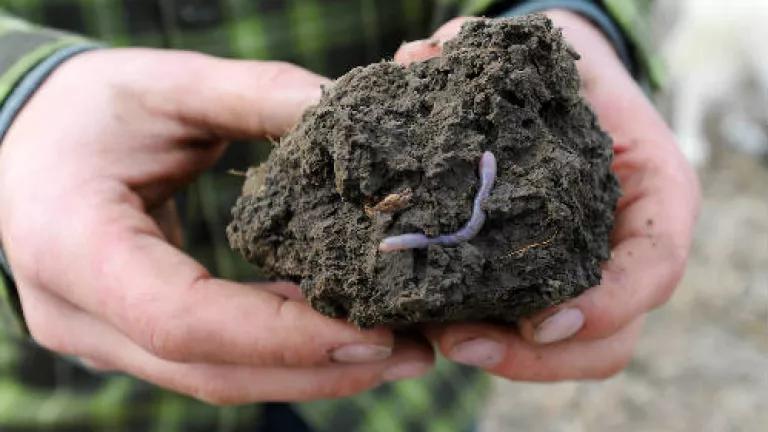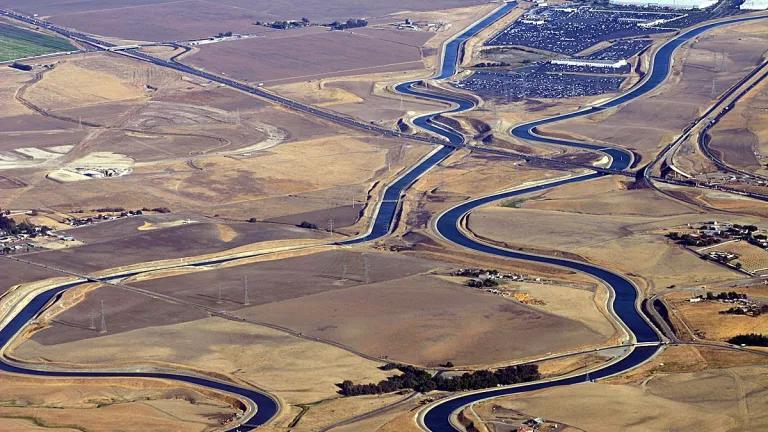Ag Policy Must Value Independent Farmers Over Corporate Ag

I treated myself to an amazing holiday gift this year—Bob Quinn’s new book, Grain by Grain. If you haven’t read it, I highly recommend it. About two-thirds of the way through the book, Mr. Quinn asks his audience a compelling question: When it comes to American Agriculture, “Who do we want to advantage?” The answer’s easy in my mind—I think farmers should benefit. The farmers I know do more than grow the food we eat—they steward our land, build healthy soil, protect our water from nutrient runoff, clean our air by utilizing soil building practices that help sequester carbon from the atmosphere, sustain relationships between urban and rural dwellers, and challenge consumers to think more deliberately about the food they purchase. While agricultural policies in the United States started out supporting America’s small business entrepreneurs, they are no longer working for the small farmer.
In the 1970s, Earl Butz was appointed Secretary of the United States Department of Agriculture (USDA). Secretary Butz was infamous for his “get big or get out” approach to agricultural policy, and he set the tracks for the dangerous agricultural consolidation and unhealthy food consumption trends we ride today. He wanted a global agricultural marketplace that was dominated by U.S. commodity corn and soy. As a result, Secretary Butz catalyzed the growth of industrial farming, eliminated the supply management schemes implemented by Roosevelt’s New Deal to compel farmers to produce at capacity, created conditions that required farmers to take out larger loans to increase their production, allowed for industrial agricultural groups to dictate the norms of processing and distribution facilities for the sake of “efficiency,” and grew commodity markets to support degenerative corn and soy production. Secretaries of Agriculture continue to support policies that sustain these dangerous farm, market, and infrastructure consolidation trends. And all this means we’re leaving the small farmer behind. I see this as a problem.
My colleagues and I want to know if farmers and ranchers feel the same way. So, for the past three months we’ve been interviewing farmers and ranchers around the country to learn more about their journeys and the hurdles they must overcome to practice regeneratively and stay afloat.* We’re about half way through our goal of interviewing 100 farmers, and let me tell you, if you ever want a dose of inspirational storytelling, chat with a farmer.
From large to small scale farmers, the growers I’ve had the honor of interviewing share inspirational stories about the new rural businesses they’re stimulating, the native ecologies they’re restoring, and the wonderful relationships they’re building with their consumers and their land. This group of regenerative growers is challenging the industrial agricultural mindset and embracing the agricultural practices of our indigenous ancestors. They’re not thinking about their farms linearly (as inputs-outputs), but as complex ecosystems with multiple variables that need to be observed and supported. What I find most provocative is the way regenerative farmers talk about breaking free from the mandates of industrial agriculture.
This last point made me realize that, at some point in the last few decades, we lumped farmers into the same stakeholder group as corporate agribusiness—mistakenly. As Bob Quinn writes in Grain by Grain,
“In 1910, farmers accounted for 41 percent of the economic activity within the agricultural sector. By 1990, that figure was down to 9 percent. Meanwhile, the share of that economic activity captured by input suppliers shot up from 15 to 24 percent; marketers captured a whopping 67 percent…One result of this flip-flop in value is that agricultural input suppliers and food marketers have become some of the largest corporations in the world. And the other result is that farmers earn less in real income than they did in 1910.”
Bayer (which acquired Monsanto in 2018), Corteva Agriscience (the company created after the merger between Dow and Dupont), ChemChina (which acquired Syngenta in 2016), and BASF are the four largest mega-corporations in the world—they control more than 60 percent of the global seed market and 75 percent of the global pesticides market. How can a stakeholder group seeking that much control of agricultural inputs have the same interests and values as small farmers Jon and Brittany from Roam Free Ranch in Montana or Daniel Griffith from Timshel Permaculture in Virginia?
They don’t.
One group of stakeholders leverages their political influence and economic capital to control every aspect of agricultural production for the sake of profitability. The other group tells me they want to grow healthy nutritious food, rebuild the health of their land, provide for their families, and support their rural communities.
Despite being mocked at their local coffee shops, shut out from processing facilities, turned down or charged shockingly high interest rates for bank loans to grow their businesses, and disproportionately harmed by federally subsidized commodity markets, the growers we’re interviewing persevere because they inherently know that regenerative agriculture is better for people, the planet, and their pocketbooks.
So, who do you think should be supported by agricultural policies in America? I know which group of stakeholders I want to fight for, and I challenge everyone to think more deliberately about the food choices we make every day. I know it’s a lot to ask. We all have 10,000 other things vying for our attention. But I think we owe it to the stewards of our land, air, water, soil, and food that we spend a few extra minutes thinking about who, and what, our dollars are supporting.
*Our farmer and rancher interviews are part of a larger regenerative agriculture research project, and I’m excited to share with you the incredible nuggets of wisdom farmers are imparting on us. Stay tuned for a #farmerfriday social media series that highlights thought-provoking quotes from our interviews with links to farmers and ranchers who you can follow.



